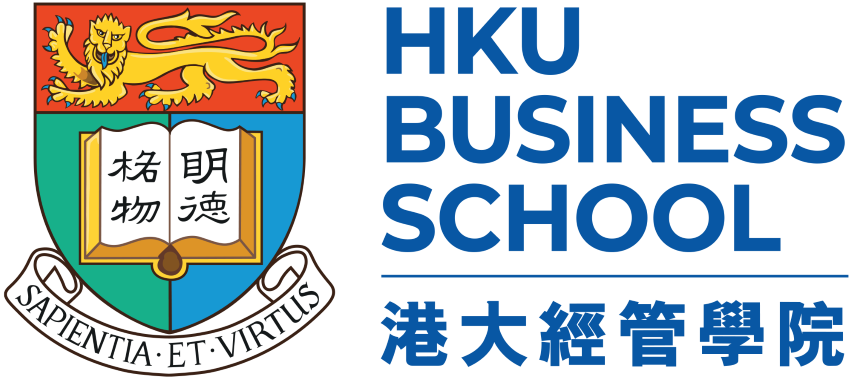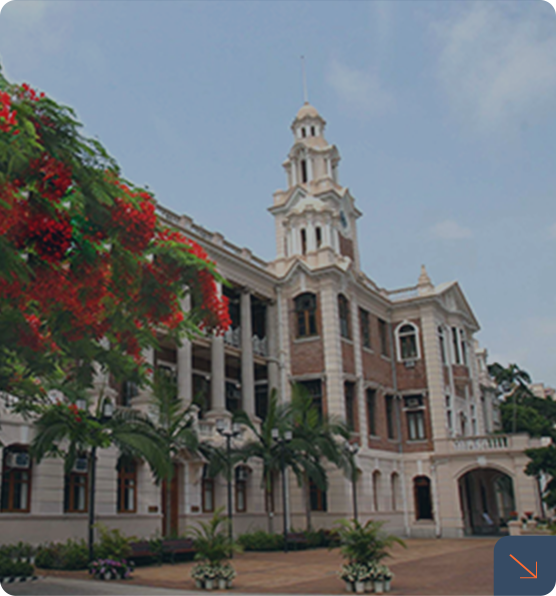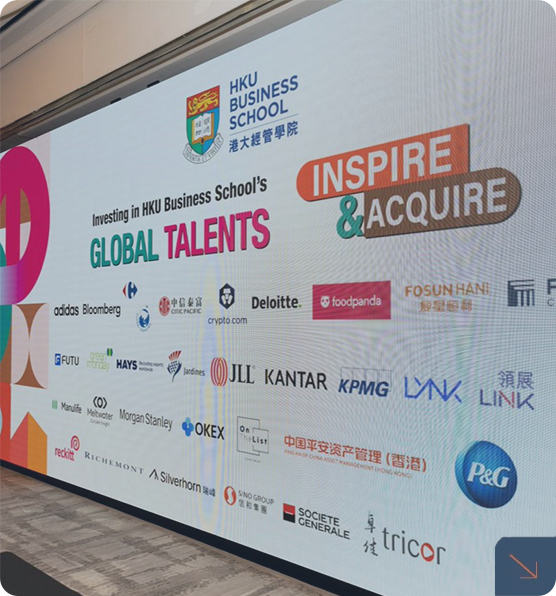Over the past millennium, China has relied on the Confucian clan to achieve interpersonal cooperation, focusing on kinship and neglecting the development of impersonal institutions needed for external finance. In this paper, we test the hypothesis that the Confucian clan and financial markets are competing substitutes. Using the large cross-regional variation in the adoption of modern banks, we find that regions with historically stronger Confucian clans established significantly fewer modern banks in the four decades following the founding of China's first modern bank in 1897. Our evidence also shows that the clan continues to limit China's financial development today.

2859 1059
KK 932
Since Max Weber, Confucianism has been widely viewed as being in opposition to capitalist or modern growth in historical China, especially in comparison with the rise of Western Europe after the Protestant Reformation. In pre-19th century China, the absence of industrialization or capitalism is partially attributed to the conservative nature of Confucian culture, particularly the emphasis on the ‘adjustment’ to the world and the depreciation of pursuing wealth, among others. And perhaps more importantly, the clan as a tangible organization of Confucianism restricted interpersonal cooperation to the family or lineage scope. Such ‘kinship-based morality’, in contrast to the ‘generalised morality’ enforced by market institutions in the West, paved the way for China’s divergent developmental path from the West. In a recent study, Zhiwu Chen, Andrew Sinclair and Chicheng Ma find another channel through which Confucianism inhibits capitalism: competition in financial markets.
The telegraph was introduced to China in the late 19th century, a time when China also saw the rise of modern banks. Based on this historical context, this paper documents the importance of information technology in banking development. We construct a data set on the distributions of telegraph stations and banks across 287 prefectures between 1881 and 1936. The results show that the telegraph significantly expanded banks’ branch networks in terms of both number and geographic scope. The effect of the telegraph remains robust when we instrument it using proximity to the early military telegraph trunk.
Past events can obviously have a profound effect on the future; but can these effects be measured and quantified? Two professors at the HKU Business School, Professor James Kung and Dr Chicheng Ma, and Dr Ting Chen of Hong Kong Baptist University, recently attempted to find out. They co-authored a paper on the impacts of China’s long-lived civil examination, the keju, on the modern-day society and economy of the country. They discovered that success in this ancient examination in particular locations led to a measurable effect on modern economic development in the same locations in the present day.
港大经管学院龚启圣教授在知名经济学期刊《经济学杂志》发表的论文被挑选为2020年度最佳论文,因而荣获英国皇家经济学会奖。他和马驰骋博士及陈婷博士联合撰写的论文 “Long Live Keju! The Persistent Effects of China's Civil Examination System” (中文翻译:科举万岁!中国科举制度所产生的深远影响),研究科举制度千年以来对中国的人力资本或教育成果的长远影响。
China's civil examination system (keju), an incredibly long-lived institution, has a persistent impact on human capital outcomes today. Using the variation in the density of jinshi—the highest qualification—across 278 Chinese prefectures in the Ming-Qing period (c. 1368–1905) to proxy for this effect, we find that a doubling of jinshi per 10,000 population leads to an 8.5% increase in years of schooling in 2010. The persistent effect of keju can be attributed to a multitude of channels including cultural transmission, educational infrastructure, social capital, and to a lesser extent political elites.





